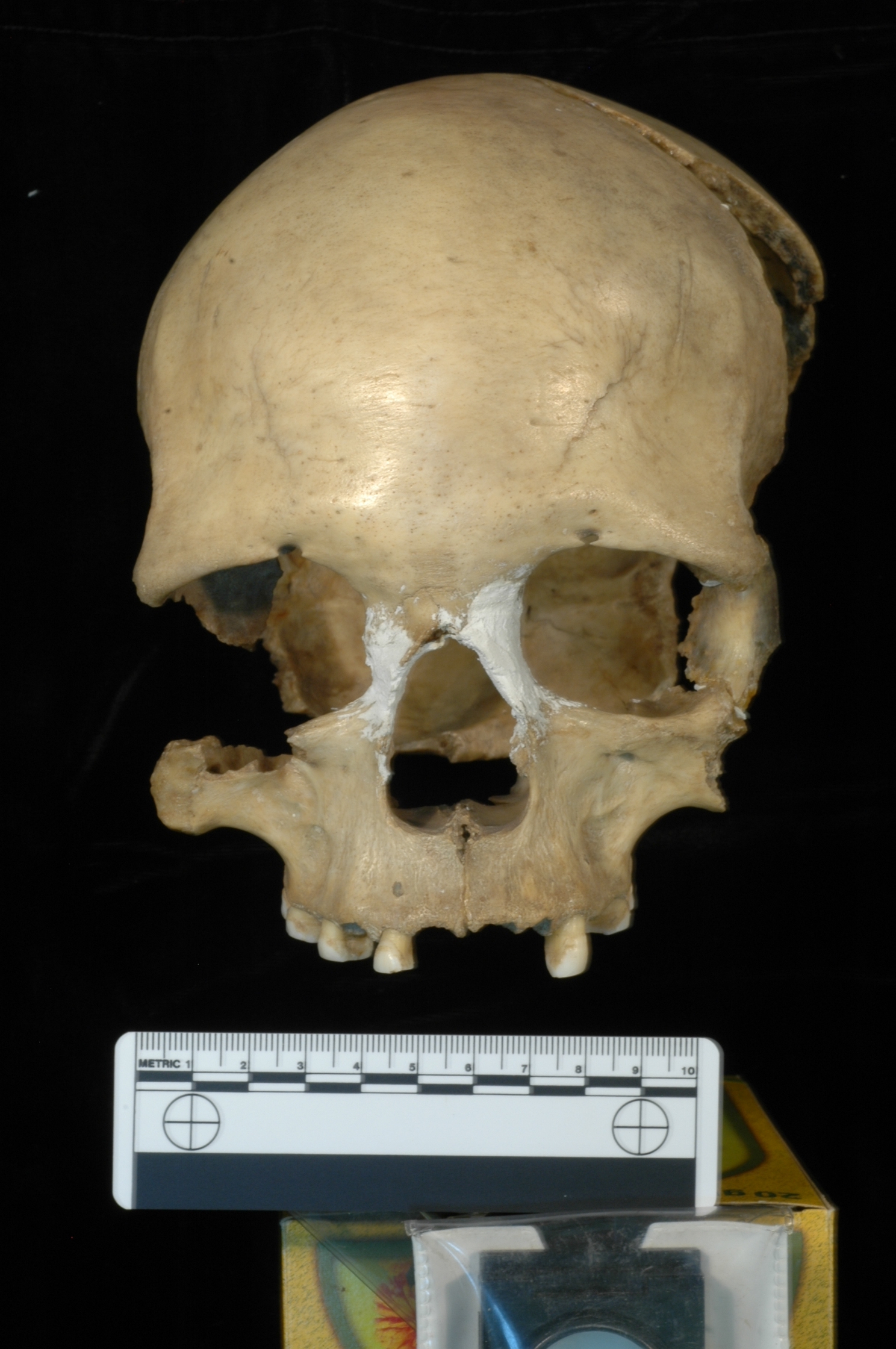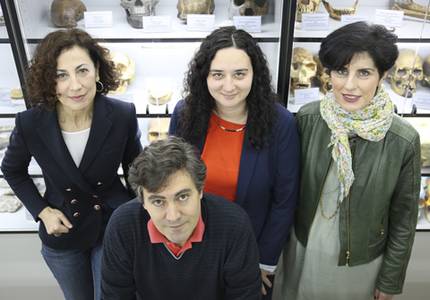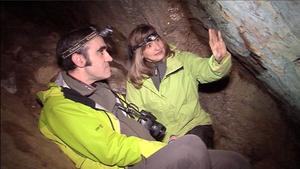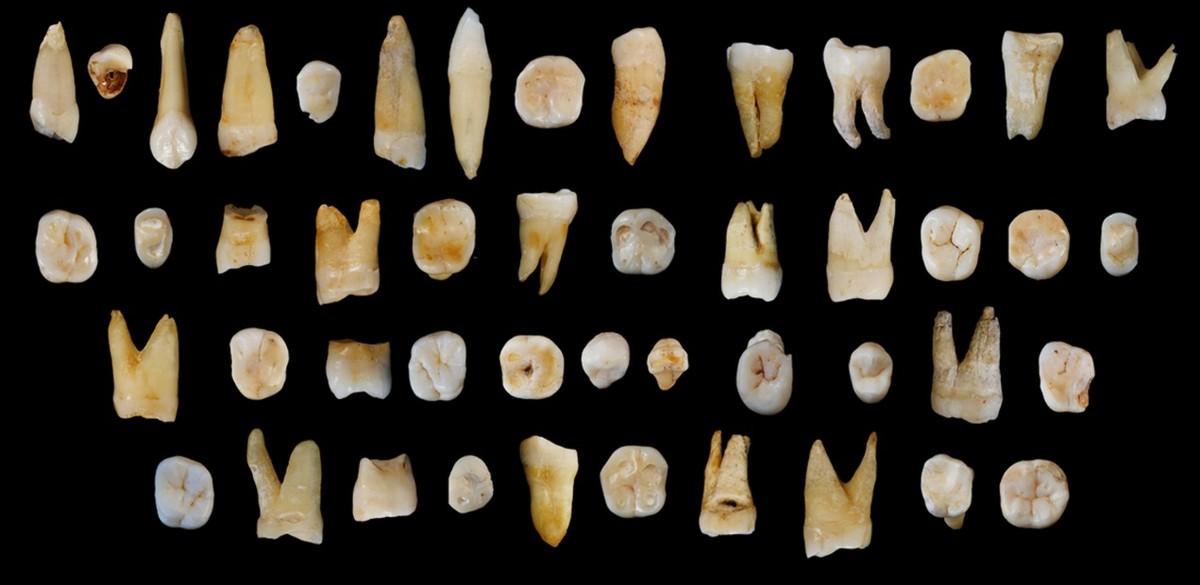They kidnap that in the Paleolithic modern man returned to Africa
2016/05/19 Agirre Ruiz de Arkaute, Aitziber - Elhuyar Zientzia Iturria: Elhuyar aldizkaria

After the Homo sapiens left Africa 60,000 years ago and began to expand through Europe (beginning the transition from the ancient human occupation of the Neanderthals to the expansion of the Homo sapiens), some of these first populations suspected that from Eurasia to Africa they returned to turn and genetic tests have come from the hand of UPV researchers.
They already knew that after the Eurasian expansion some human group migrated from Eurasia to Africa, but this migration would be from the Neolithic era, only about 4,500 years ago. However, there was no evidence of this migratory phenomenon given in the Paleolithic, so far, because the shortage of ancient human remains in North Africa has not allowed. Now, the work published by the research team of the UPV-EHU Conchi de la Rua and Monserrat Hervella in the journal Scientific Reports has shown genetic evidence of a migration of these characteristics also in the early upper paleolithic. This is a return started 40,000 to 35,000 years ago.
The man found in Romania is the Homo sapiens, but shows a mixture of morphological characteristics of modern and Neanderthal men. He is a human being of 35,000 years ago. Analyzing the genome of their mitochondria, they have identified haplotaldea U6, which so far had not been discovered in both ancient humans and contemporary modern humans. The haplotypes derived from the U6 appear mainly in the populations of the North Centenary of Africa today. The presence of this basal group U6 haplotalde in Romania confirms that the mitochondrial lineage U6 is of Eurasian origin.
“We don’t know where they returned, but it would be from the Sinai peninsula,” explains the genetic Conchi de la Rua, “The return trip would have lasted thousands of years, of course. Other populations would remain around them, in Europe, also those derived from this ancient Eurasian lineage and known as the U5 lineage.”
"Probably, the climatic conditions of the time of Eurasia, taking into account that they are in full glaciation, forced some small groups to stay in protected areas, but other groups were heading south. Because they couldn’t go north because there was a lot of ice.”
“Our discovery has contributed to rebuilding the puzzle and has given strength to the hypothesis of retrograde migration. On the other hand, the direct evidence of the existence of this lineage in Eurasia. We did not believe that in this area there was the U6 lineage, since there is currently no U6 throughout Europe. In addition, what we have discovered is the very old basal U6, which has been the origin of other U6 observed in the lineages of present-day North Africa.”
Here you can see the video made by the UPV.
Hemeroteca:Homo sapiens in his solitude.

Gai honi buruzko eduki gehiago
Elhuyarrek garatutako teknologia







